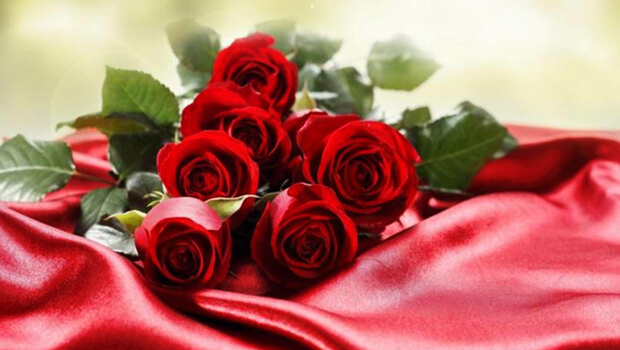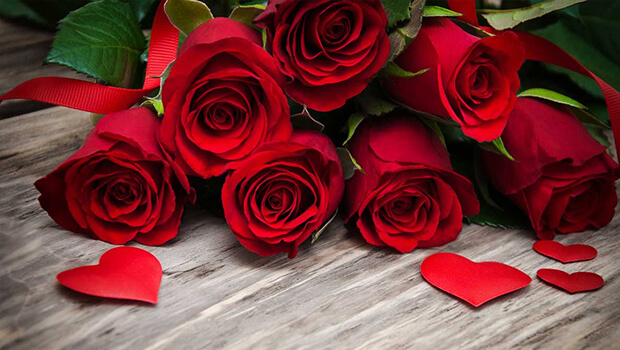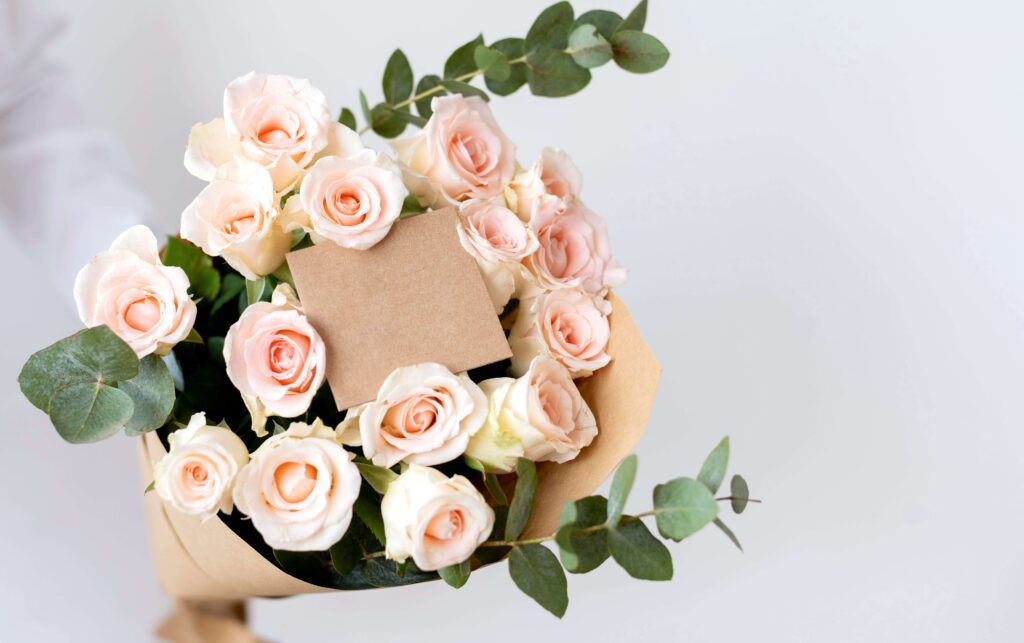Nature has bestowed upon us a myriad of wonders, and one such marvel is the hibiscus. With its vibrant colors, uses and captivating beauty, the hibiscus has become an emblem of grace and elegance. Found in various parts of the world, this enchanting flower holds a significant place in cultures, traditions, and even the world of medicine. In this blog, we will explore the mesmerizing world of hibiscus, delving into its history, symbolic meanings, diverse species, and the many ways it enriches our lives.
A Colorful History
The history of hibiscus dates back centuries, with traces of its existence found in ancient civilizations. The flower has been associated with different cultures, each attributing its unique symbolism and uses. In ancient Egypt, hibiscus flowers were admired for their beauty and were often depicted in artwork and jewelry. In China, the hibiscus was a symbol of femininity, wealth, and immortality. In Hawaiian culture, the hibiscus flower is cherished as the state flower, representing delicate beauty and the welcoming spirit of the islands.
Symbolism and Meanings
The hibiscus flower holds different meanings across cultures. In many Asian countries, it symbolizes purity, wealth, and enlightenment. In Indian culture, it is associated with the goddess Kali and represents feminine power and transformation. In the language of flowers, the hibiscus signifies beauty, passion, and delicate love. Its petals come in various colors, each carrying its own symbolism. The red hibiscus represents love and passion, while the pink hibiscus signifies friendship and joy. The white hibiscus embodies purity, and the yellow hibiscus is a symbol of happiness and good luck.
Diverse Species
The hibiscus family is vast and diverse, consisting of hundreds of species and hybrids. These flowers can be found in tropical and subtropical regions worldwide. Among the most common species are the Hibiscus rosa-sinensis, also known as the Chinese hibiscus, and the Hibiscus sabdariffa, known as the roselle or sorrel hibiscus. The former dazzles us with its large, vibrant blooms, while the latter delights us with its edible calyx and tart flavor, commonly used in teas and culinary creations.
Hibiscus Uses
Beyond its aesthetic appeal and symbolic significance, hibiscus boasts numerous practical uses. In traditional medicine, various parts of the plant, including flowers, leaves, and calyces, are employed for their medicinal properties. Hibiscus tea, made by steeping the dried flowers, is known for its high antioxidant content and potential health benefits, including lower blood pressure and improved heart health. The flowers are also used in cosmetics, hair care products, and natural dyes due to their vibrant colors.
Gardening Delight
Hibiscus is a favorite among gardeners for its ability to transform any landscape into a vibrant tapestry. Its prolific blooms add splashes of color to gardens, balconies, and even indoor spaces. Whether you prefer the compact beauty of dwarf hibiscus or the towering majesty of tree hibiscus, there is a variety to suit every preference. Cultivating hibiscus requires proper care, including well-drained soil, regular watering, and protection from extreme temperatures. With patience and nurturing, the reward is an awe-inspiring display of nature’s artistry.
Conclusion
The hibiscus flower is an ambassador of beauty, grace, and cultural significance. Its rich history, diverse species, and versatile uses make it an enchanting botanical treasure. Whether admired in lush gardens, used for medicinal purposes, or cherished as a symbol of love and friendship, the hibiscus continues to captivate hearts and minds worldwide.
As we immerse ourselves in the enchanting world of hibiscus, let us not only appreciate its stunning beauty but also take a moment to reflect on the profound connections it fosters. From ancient civilizations to modern-day enthusiasts, the hibiscus has left an indelible mark on our collective consciousness. Its vibrant hues and delicate petals serve as a reminder of the beauty and diversity that nature offers us.
So, the next time you come across a hibiscus flower, take a moment to pause and admire its elegance. Let it inspire you to embrace the vibrant colors of life, nurture relationships, and appreciate the awe-inspiring wonders that surround us. The hibiscus is a gentle reminder that even in a world often filled with chaos and uncertainty, there is always room for beauty, love, and the delicate touch of nature’s artistry.




